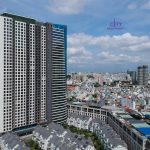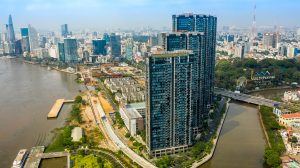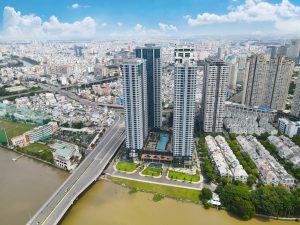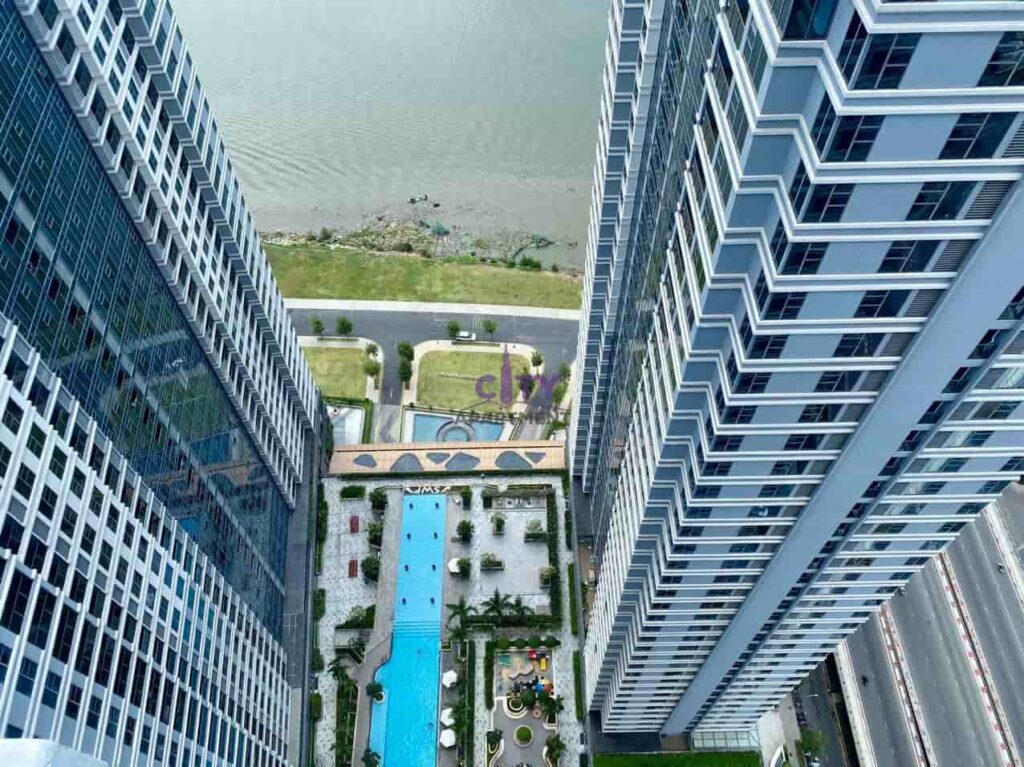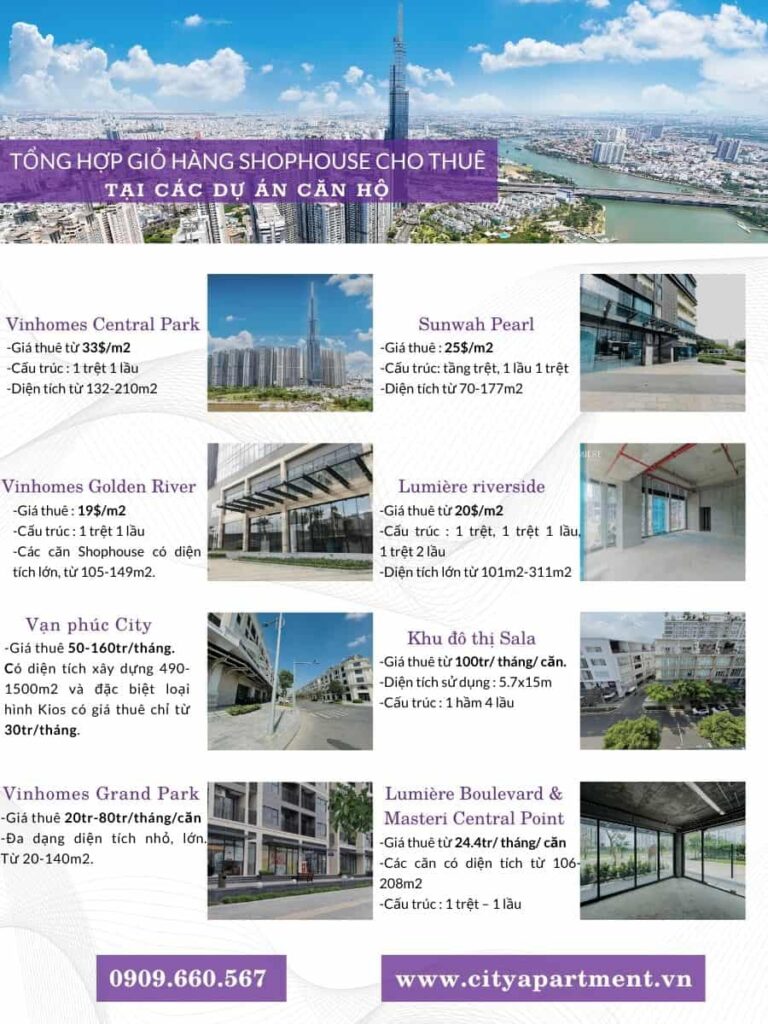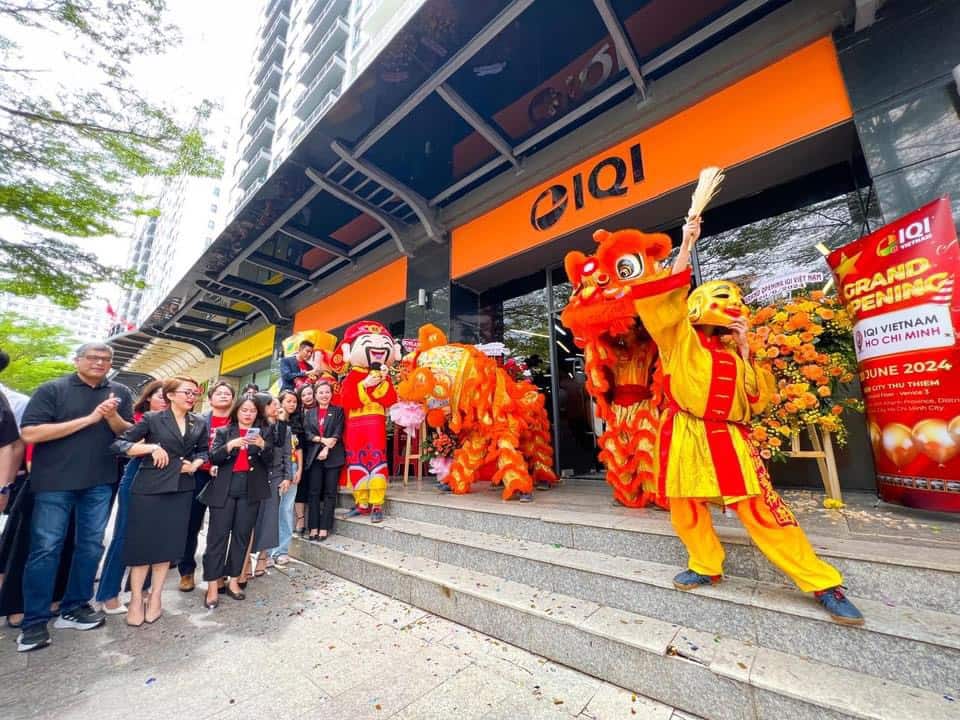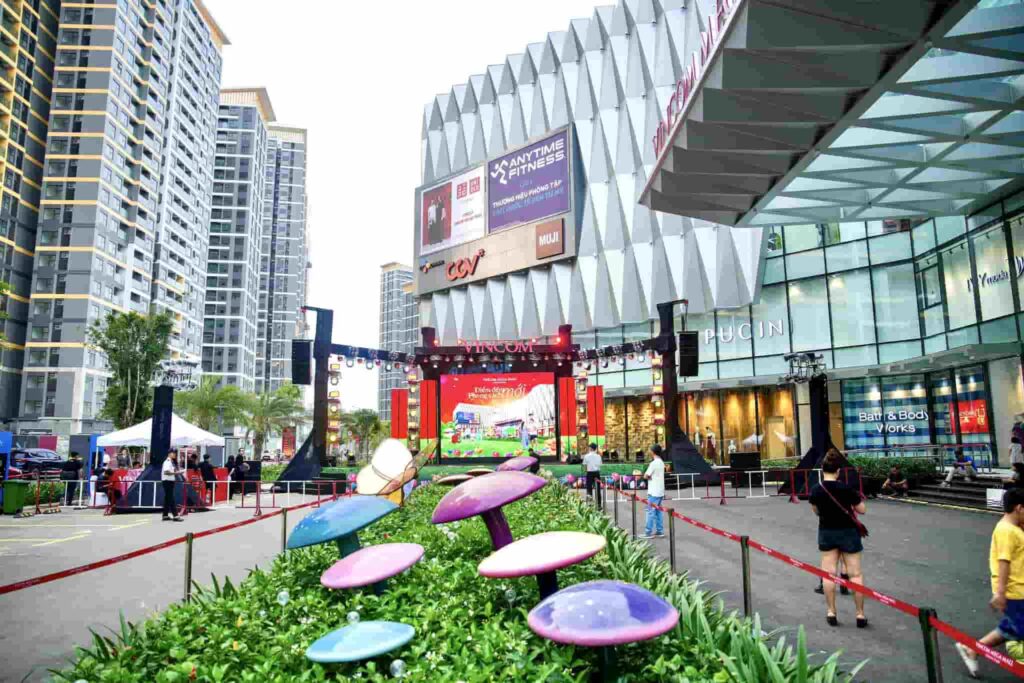With the consent of the Prime Minister, in accordance with the Law on Urban Planning, Ho Chi Minh City has developed the task of adjusting the general planning of the city to 2040, with a vision to 2060. This is the basis and real step. The first time to adjust the overall adjustment project of Ho Chi Minh City Construction Master Plan up to 2025 was approved in 2010.
The mission sets out 7 central requirements for the work of adjusting the general planning. First, an overall review of the content of the general planning approved in 2010, assessing the actual development situation of the city; the planning in the city has been formulated and approved; reviewing the development orientation of urban space, land use planning, investment in technical and social infrastructure of the city.
Second, forecast development needs in a new period, in the context of regional development, new development opportunities, ensuring development orientation in harmony with the strategy of sustainable economic development in the region, develop a highly interactive, innovative city, a smart city, and a sustainable city.
Third, urban research has been formed and developed over many periods, proposing a highly feasible adjustment plan, consistent with the vision and flexibly coping with changes; adjust land use more effectively, create more room for development from land value and ensure reserves for the future.
Fourthly, to implement important guidelines and orientations of the city related to urban planning, development and socio-economic development; coordinate the city’s important programs and projects in a highly actionable and long-term vision.
Fifthly, update the local adjustment contents of the city general planning in the recent implementation process in a comprehensive planning; promote opportunities and overcome, adjust limitations.
Sixth, will identify and propose a clear, specific plan implementation priorities associated with implementation resources; selection of gaps to be prioritized to address (on regional linkage, population distribution, housing, quality of life, urban transportation, flood management, resource use …), improving the status quo and to step up the city socio-economic development.
Seventhly, it is required to coordinate and update data, forecasts and city development orientations with the planning content of Ho Chi Minh City for the period 2021-2030, with a vision to 2045.
One of the most important aspects of this mission is projections. Accordingly, in 2040, HCMC’s population is 14 million people; including Thu Duc city with 1.9 million people (with a vision to 2060 3 million people). Gradually completing the infrastructure connecting the region between Ho Chi Minh City and neighboring localities as well as connecting different areas of Ho Chi Minh City, developing Ho Chi Minh City urban space to adapt to climate change, sea level rise. Integrated urban development with public transport system (TOD), thereby developing high-density urban areas, combining functions around large-capacity public transport stations. Balance between urban expansion, expansion and redevelopment of existing urban areas.
It is forecasted that by 2060, the population of Ho Chi Minh City will be about 16 million people. Ho Chi Minh City will be an innovative, dynamic, pioneering city, the center of knowledge economy and international trade of Vietnam, the financial and service center of Asia – Pacific. , is a city with a good quality of life, an attractive working environment, cultural diversity, heritage conservation and river landscape, sustainable urban infrastructure and climate change adaptation.
Ha Vy
L3-SH01 - Vinhomes Central Park, 720A Dien Bien Phu, Ward 22, Binh Thanh District, HCM City
